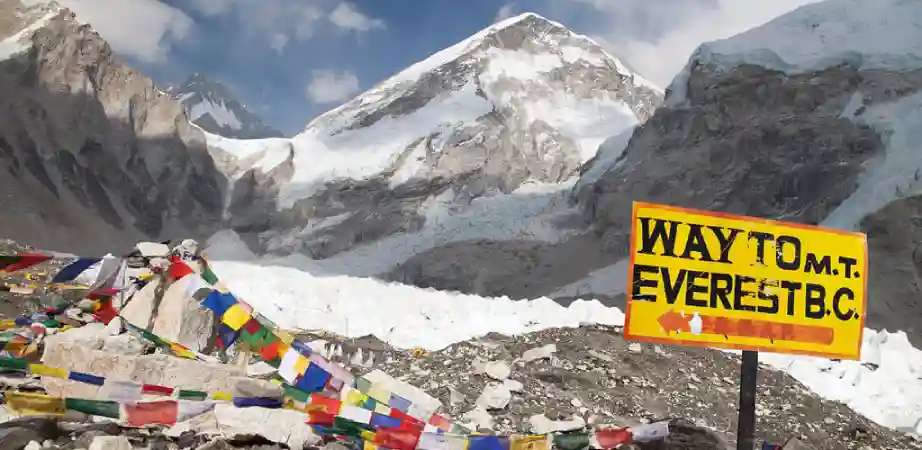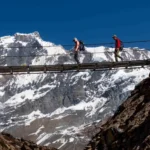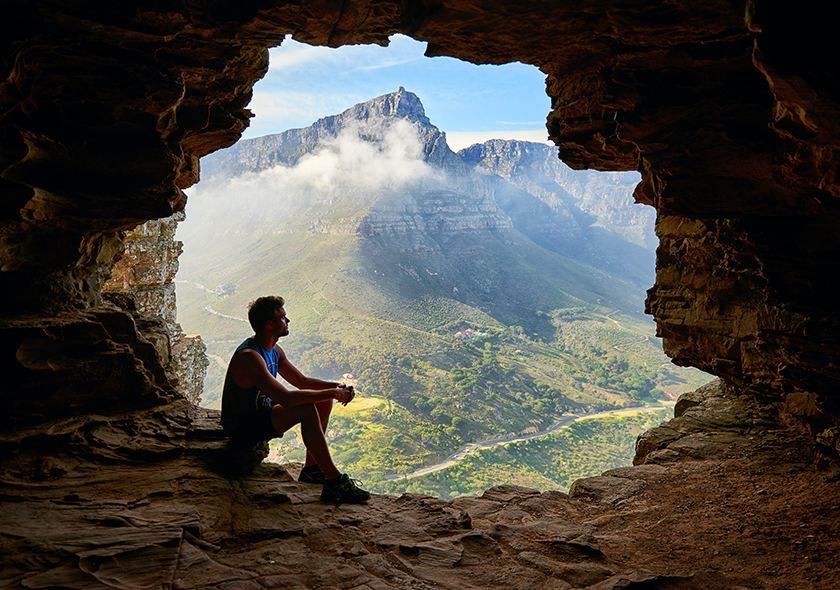
Everest Base Camp Trek Guide – Complete Itinerary, Costs & Packing List
Welcome to the Ultimate Everest Base Camp Trek Guide
The Everest Base Camp (EBC) Trek is one of the most iconic and thrilling trekking adventures in the world. Each year, thousands of trekking enthusiasts embark on this once-in-a-lifetime journey to witness the majestic Himalayas, immerse themselves in Sherpa culture, and walk in the footsteps of legendary mountaineers like Sir Edmund Hillary and Tenzing Norgay.
This comprehensive Everest Base Camp Trek Guide covers everything you need to know, including:
✅ Complete itinerary with route maps
✅ Essential gear and packing list
✅ Costs, permits, and travel insurance
✅ Best time to trek & altitude sickness prevention
✅ Hiring guides vs. trekking independently
Whether you’re a seasoned trekker or a first-time adventurer, this guide will help you plan a safe and unforgettable trek to Everest Base Camp (5,364m)! 🏔️
Why Everest Base Camp is a Must-Do Trek?
The Everest Base Camp hike takes you through the Khumbu Valley, allowing you to experience the Sagarmatha National Park, a UNESCO World Heritage Site, and witness breathtaking views of four of the six highest peaks in the world:
🔹 Mount Everest (8,848m)
🔹 Lhotse (8,516m)
🔹 Makalu (8,470m)
🔹 Cho Oyu (8,201m)
What Makes the EBC Trek Special?
✔ Follow the legendary trail taken by early Everest climbers
✔ Stay in traditional Sherpa villages and experience Buddhist culture
✔ Visit Tengboche Monastery, the largest monastery in the Khumbu region
✔ Ascend Kala Patthar (5,550m) for the best Everest sunrise views
Where is the Everest Base Camp Trek Located?
The Everest Base Camp trek is located in the Khumbu region of Nepal, within Sagarmatha National Park.
📍 Starting Point: Lukla (2,860m)
📍 Ending Point: Everest Base Camp (5,364m)
📍 Highest Point: Kala Patthar (5,550m)
Most trekkers fly from Kathmandu to Lukla (30-40 minutes), but alternative routes via Jiri or Phaplu add extra trekking days.
Best Time to Trek to Everest Base Camp
Choosing the right season is crucial for a successful trek.
Best Seasons for EBC Trek:
✔ Spring (March-May): Best weather, clear skies, and blooming rhododendrons
✔ Autumn (September-November): Dry, stable conditions with crystal-clear mountain views
Off-Seasons:
❌ Winter (December-February): Very cold, fewer trekkers, but clearer skies
❌ Monsoon (June-August): Rainy, cloudy, and risky due to landslides
Pro Tip: Avoid peak trekking months (April & October) for fewer crowds.
Everest Base Camp Trek Itinerary – 14 Days
The classic EBC trek takes around 12-14 days, allowing proper acclimatization.
| Day | Destination | Altitude | Duration |
|---|---|---|---|
| 1 | Arrive in Kathmandu | 1,400m | – |
| 2 | Fly to Lukla, trek to Phakding | 2,860m | 3-4 hrs |
| 3 | Trek to Namche Bazaar | 3,440m | 6-7 hrs |
| 4 | Acclimatization day at Namche | 3,440m | Explore |
| 5 | Trek to Tengboche | 3,860m | 5-6 hrs |
| 6 | Trek to Dingboche | 4,410m | 5-6 hrs |
| 7 | Acclimatization at Dingboche | 4,410m | Short hike |
| 8 | Trek to Lobuche | 4,940m | 5-6 hrs |
| 9 | Trek to Gorak Shep & Everest Base Camp | 5,364m | 7-8 hrs |
| 10 | Hike to Kala Patthar, descend to Pheriche | 5,550m | 7-8 hrs |
| 11 | Trek to Namche Bazaar | 3,440m | 6-7 hrs |
| 12 | Trek to Lukla | 2,860m | 6-7 hrs |
| 13 | Fly back to Kathmandu | 1,400m | 30 min |
| 14 | Departure or optional Kathmandu tour | – | – |
Tip: Add an extra buffer day in case of Lukla flight delays due to weather.
Packing List – Essential Gear for Everest Base Camp Trek
Packing wisely ensures a comfortable and successful trek.
Clothing & Layers
✔ Base Layers: Thermal shirts & leggings
✔ Insulation: Fleece jackets & down jacket
✔ Outer Shell: Waterproof & windproof jacket
✔ Gloves & Hats: Insulated gloves & warm beanie
✔ Trekking Pants: Lightweight & waterproof
Footwear & Accessories
✔ Hiking Boots: Waterproof & ankle support
✔ Socks: Merino wool for warmth & moisture-wicking
✔ Trekking Poles: Reduces strain on knees
Backpack & Sleeping Gear
✔ Backpack (40-50L): Lightweight with good support
✔ Sleeping Bag (-10°C to -20°C): Essential for cold nights
Electronics & Essentials
✔ Headlamp & Extra Batteries
✔ Power Bank & Solar Charger
✔ Sunglasses & Sunscreen
Pro Tip: Rent or buy gear in Kathmandu to save money.
Cost of Everest Base Camp Trek
A typical EBC trek cost varies based on guides, permits, and personal preferences.
| Expense | Cost (USD) |
|---|---|
| Flights (Kathmandu-Lukla) | $250-$300 (one-way) |
| Trekking Permits (TIMS & National Park) | $50-$60 |
| Guide & Porter | $30-$50 per day |
| Accommodation (Tea Houses) | $5-$20 per night |
| Meals & Drinks | $20-$30 per day |
| Travel Insurance | $100-$150 |
💰 Estimated Cost: $1,200 – $2,500 (guided tour)
Altitude Sickness & Acclimatization
🚨 Symptoms of Acute Mountain Sickness (AMS):
🔺 Headache, dizziness, nausea
🔺 Loss of appetite, fatigue
🔺 Difficulty sleeping
How to Prevent AMS?
✔ Acclimatize Properly – Follow the slow ascent rule
✔ Stay Hydrated – Drink 3-4L of water daily
✔ Avoid Alcohol & Smoking
✔ Take Diamox (If Prescribed by Doctor)
Frequently Asked Questions (FAQs) about EBC Trek
1. Can I trek Everest Base Camp without a guide?
Yes, but hiring a guide ensures safety, navigation, and cultural insights.
2. What permits are needed for EBC Trek?
You need TIMS Card ($20) and Sagarmatha National Park Permit ($30-$40).
3. How difficult is the Everest Base Camp Trek?
Moderate difficulty – no technical climbing, but requires good fitness.
4. What insurance do I need?
Get high-altitude trekking insurance covering 6,000m elevation & emergency evacuation.
Final Thoughts
The Everest Base Camp Trek is a bucket-list adventure that requires proper planning, gear, and preparation. Follow this guide, stay safe, and enjoy the incredible journey to the foot of the world’s highest peak! 🏔️





